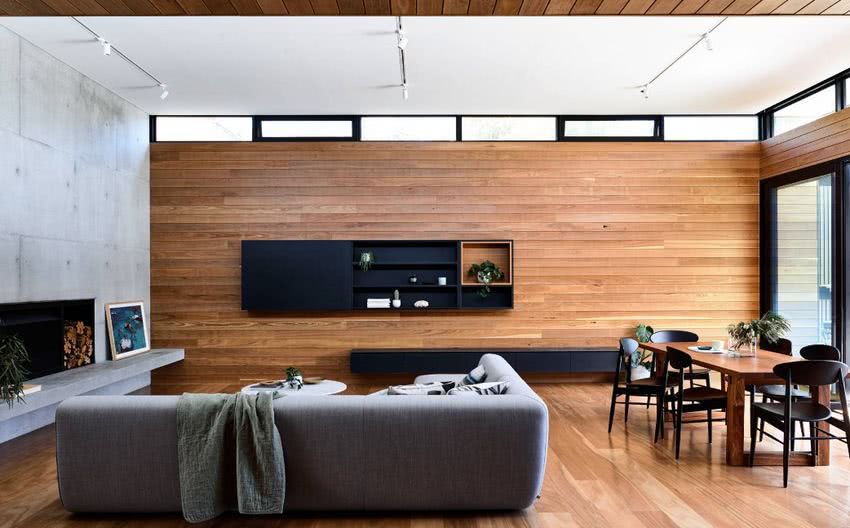The start of the year clearly sets trends that are aligned with a specific context. The passage of time and present-day energy combine and connect to engender developments in sectors such as fashion and design. Architecture is not only a part of this evolution, but it also establishes its functional and aesthetic approaches. It derives from location and the time, providing the impetus for new ways of conceptualising and experiencing space.
Here at The Decorative Surfaces, we take a look at the morphologies, materials and structures that will set trends for the coming year, leaving behind what is underlying and latent and instead integrating with nature, filling spaces with light and hope, and inspiring the spirit of those who inhabit them.
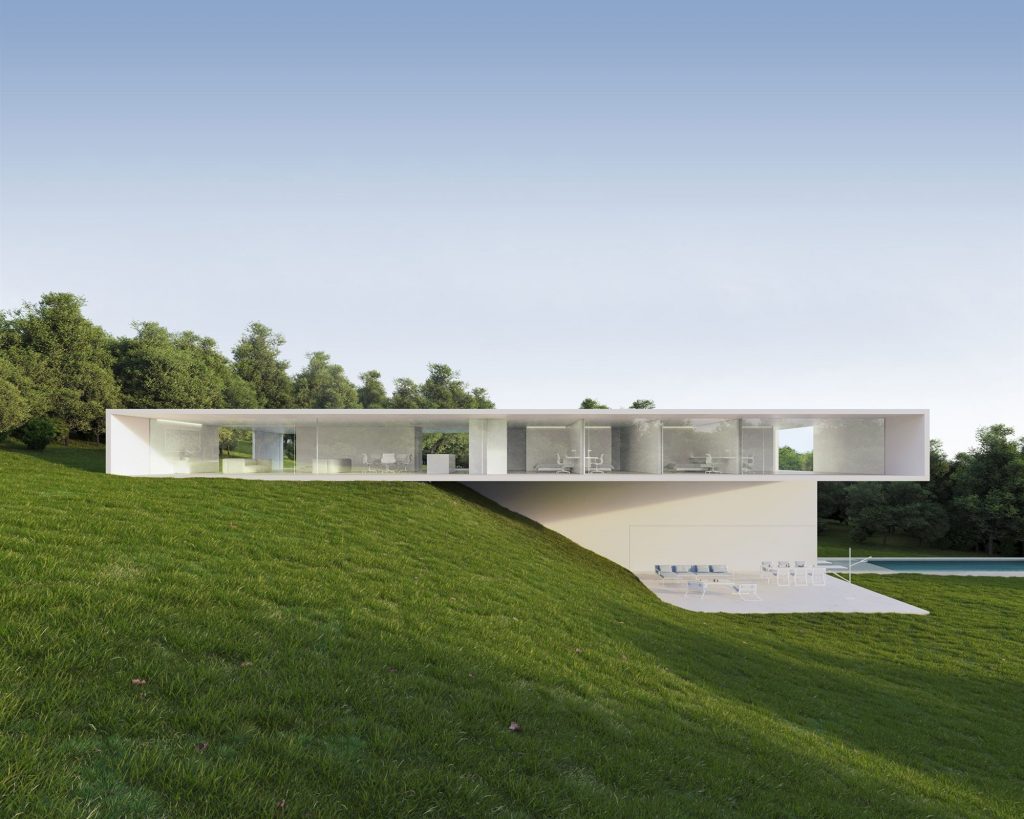
Illustration 1 Web Fran Silvestre.
These trends have been noted and commented over the last year. Rather than a swooping trajectory, contemporary architectural requirements are constructed along a path that is trodden hand in hand.
1.Nature as the backbone
Architectural projects in 2022 are primarily concerned with respect for and harmony with the natural environment. Biophilic architecture will be inherent in any design that is based on contact with nature. In this way ties will be strengthened and links to the environment established.
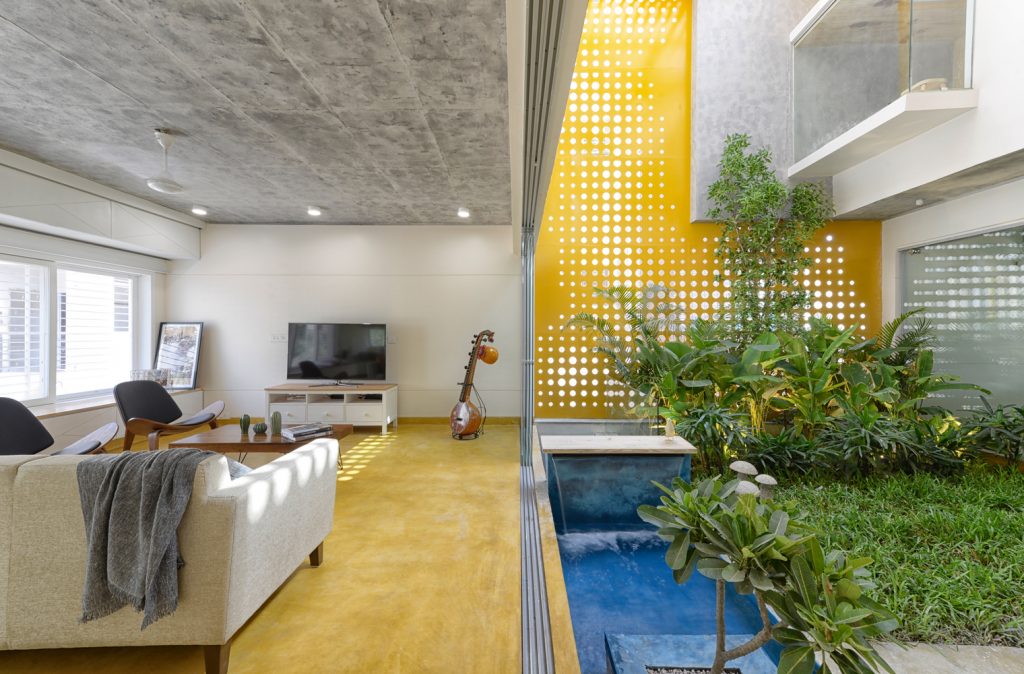
Picture 2 Soul Garden House / Spacefiction Studio. Image © Monika Sathe Photography
As we saw in an earlier feature, biophilic morphology influences those living in or using spaces. It demonstrates the importance of comfort and wellbeing. Its features and designs create positive energy flows and add to improved quality of life. With this morphology, straight lines give way to rounded organic shapes. These forms are combined with roughhewn materials such as natural stone which has a huge variety of shapes, textures and colours. Some excellent exclusive designs include Unique Carrara™, Unique Bianco™ and Unique Pietra™ by COMPAC, offering an exquisite palette enticing us into an elegant harmony with mother nature.
2. Respecting the environment
Increasingly, materials will be subjected to fewer treatment processes that could damage the environment. The focus will shift to natural coverings such as stone, which is both resistant and solid. It adapts naturally to the surrounding environment. In turn, these materials are not simply seen as a pretext for humility. Technology, fixtures and fittings also play a constant prominent role in design. Similarly, architecture is moving towards the importance of wellbeing and comfort. As a result, Well Building certification could well become even more interestingin this regard, as we mentioned a few weeks ago.
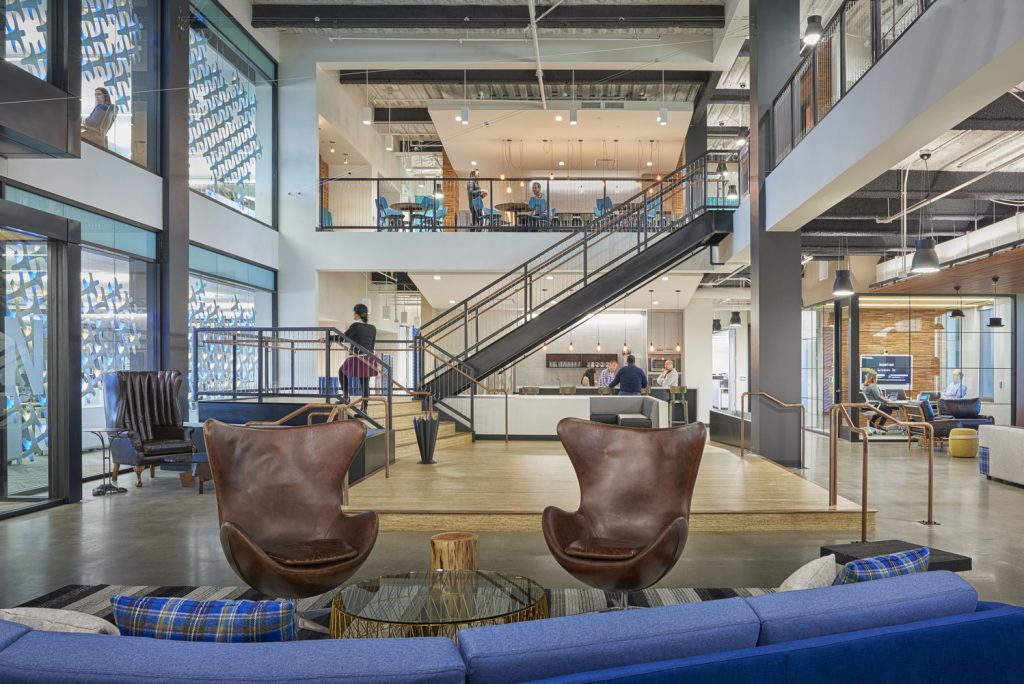
Picture 3 Symantec HQ – A vibrant collection of spaces encourages movement. Image courtesy of Little (https://www.plataformaarquitectura.cl/)
In line with the trend for a tighter focus on respecting the environment are the quality seals that certify this approach, such as the indispensable Cradle to CradleTM accreditation. This certification is based around the circular economy, i.e. everything that can be designed can then be disassembled and returned to the earth. In turn, whilst being viewed as architectural components, materials are also understood as elements that nurture, both biological and technologically. Materials that are regenerative, respectful and empathic, whilst clearly being aesthetic, exclusive and unique elements.
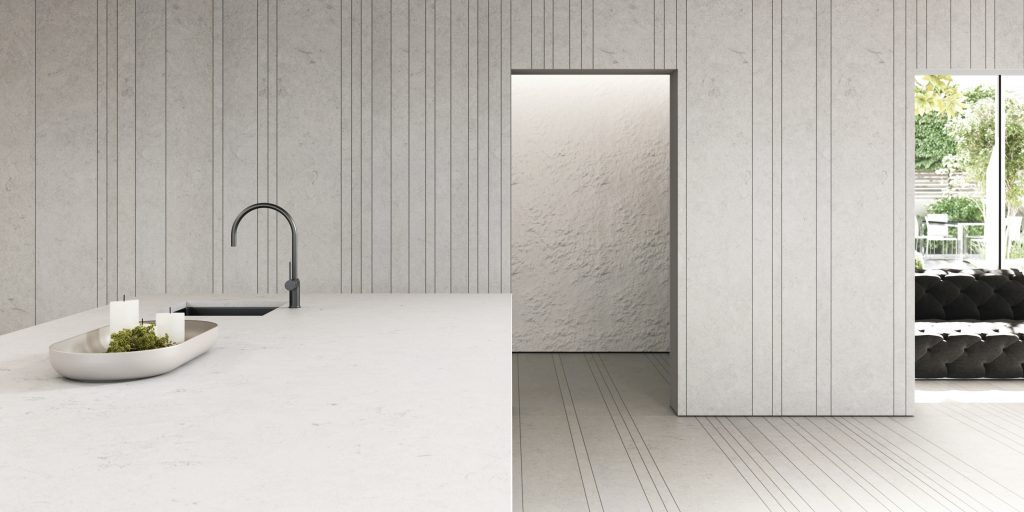
‘One standout material in terms of beauty that is Cradle to Cradle™ Certified Bronze is Obsidiana COMPAC—a material that reinvents surfaces. Created with recycled glass, it merges architecture, matter, technology, talent, art and sustainability in the perfect formula for 3D composition that enables seamless unique elements to be designed, testifying to its decorative features.’
3. Solar energy and light flooding through spans
In turn, a respectful approach to nature also includes fostering the use of renewable energies such as solar, which undoubtedly adds a unique sensation of light. This approach, alongside taking advantage of natural light, will continue to mean large spans and windows retain their presence. These openings into the home frame the presence and immersion of the space into nature.
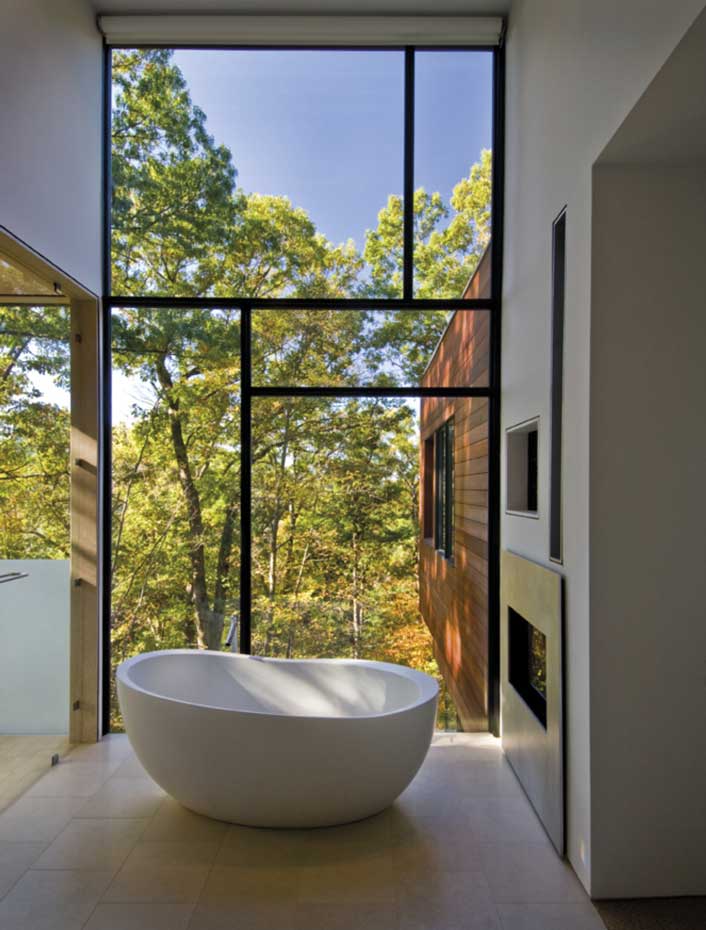
Picture 4 Home designed by Robert Gurney Architects (https://www.arquitecturaydiseno.es/)
This coming year, balconies and terraces will continue to have the importance they have deserved for many years. They make for a real connection to the outside, nature and/or the urban environment, nourishing the soul against the gloomy social fear that continues to accompany us at present.
4. Emotional spaces through nooks and silence
Whilst exterior spaces take on architectural potency, unusual and intimate nooks will also gain importance. Garages, attics or small nooks in the home are being reconfigured to comfort the soul.
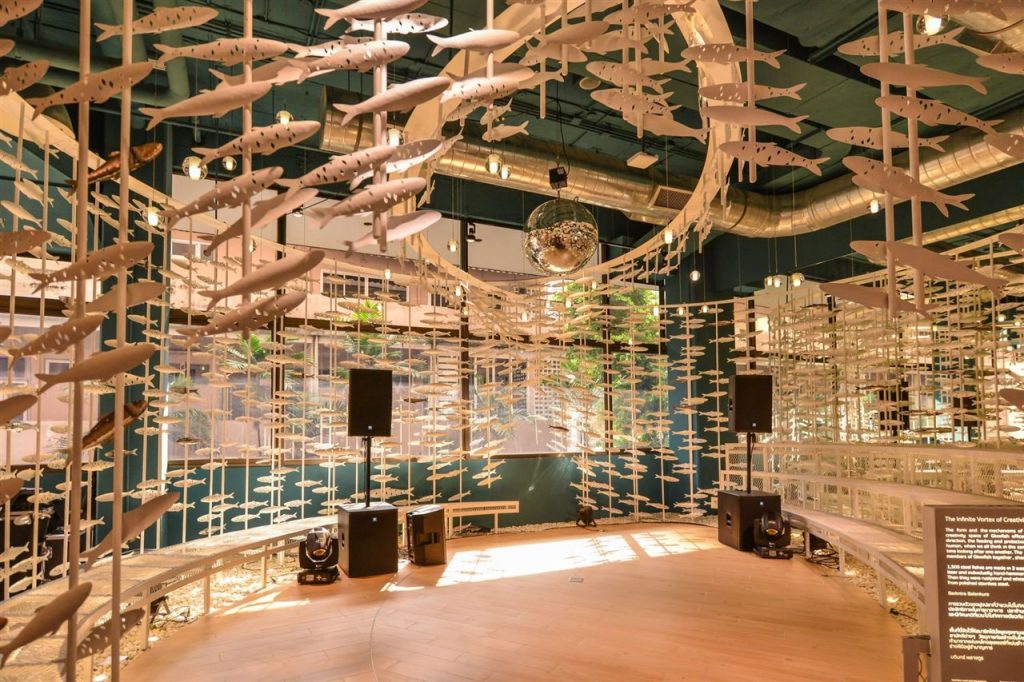
Picture 5 Spaces with a specific use, places where we come face-to-face with our selves. Nooks filled with emotion and intimate sensations. (https://www.arquitecturaydiseno.es/)
These spaces offer potential havens of tranquillity at a time where outside noise is on the rise and we are breaking barriers through integrating work and family spaces. Silence is golden—a treasure trove of energy that returns us to our core selves.
These spaces conjure clandestine enchantment, as we previously highlighted in our feature on reconfigured rooms such as lofts, as well as a ray of hope spotlighting intimacy and what is individually human.
5. Curved architecture
Curved lines sublimely conjure the organic. Both architecture and interior design will increasingly seek to create profiles that move away from static and hieratic approaches: designs that both merge with and sever from the verticality of traditional walls and ceilings. In new projects, this trend will be incorporated into structures through wave-like or oval features. Meanwhile, the approach will be folded into older structures through décor and the layout of interior design elements.
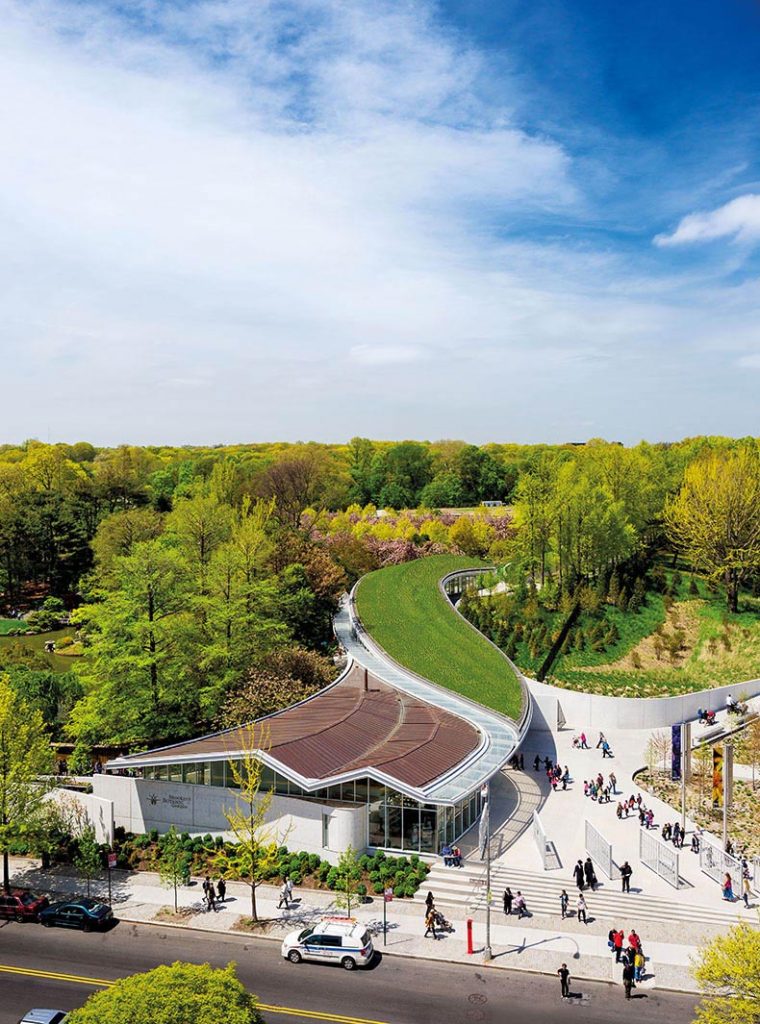
Picture 6 Brooklyn Botanic Garden Visitors Centre. Manfredi Weiis Project Photo: Albert Vecerka (https://www.simonelectric.com/)
These five architectural trends that we have highlighted throughout 2021 will take on greater presence and strength in the year to come, representing a confident new start teeming with life.

